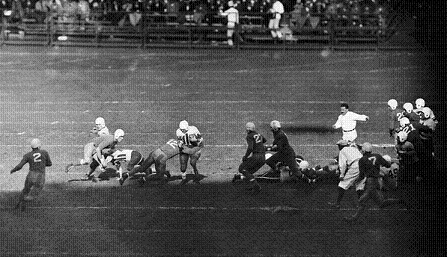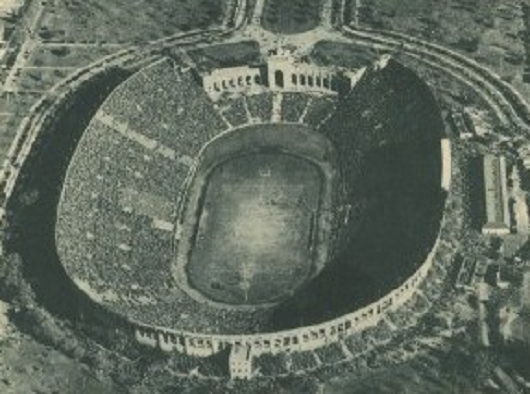
Pictured above is the Los Angeles Memorial Coliseum hosting the 1932 Southern Cal-Notre Dame game. The stadium had hosted the Olympics in the Summer, for which its iconic Olympic cauldron torch had been added, along with additional seats that pushed capacity over 100,000. That came in handy when 7-1 Notre Dame arrived to challenge 8-0 Southern Cal in 1932's game of the year. USC won 13-0, then pounded 8-1-2 Pittsburgh 35-0 in the Rose Bowl to repeat as mythical national champion. But like 1931, it's not unanimous, and like so many years, Parke Davis is the lone naysayer.

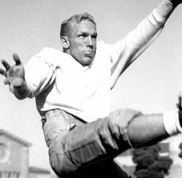 The "Thundering Herd" was coming off their first legitimate MNC in 1931, and the school claims another for 1928,
though I disagree with that one. I covered their Hall of Fame coach,
Howard Jones, in the 1928 article.
The "Thundering Herd" was coming off their first legitimate MNC in 1931, and the school claims another for 1928,
though I disagree with that one. I covered their Hall of Fame coach,
Howard Jones, in the 1928 article.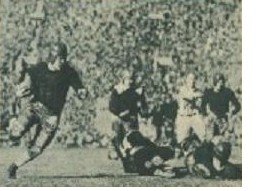 Southern
Cal had a 16 day break before 7-1 Notre Dame came to town for a
December 10th game at the Coliseum. Notre Dame had lost to Pittsburgh,
but they'd handily won the rest of their games (average score in wins
36-1), including a 21-0 beating of 8-2 Army at Yankee Stadium in their
previous outing. This was the 5th straight year that the winner of this
game would claim a national championship (though, as already noted, I
don't recognize USC's claim to be 1928 champs). Attendance estimates for the 1932 game were generally around 100,000.
Southern
Cal had a 16 day break before 7-1 Notre Dame came to town for a
December 10th game at the Coliseum. Notre Dame had lost to Pittsburgh,
but they'd handily won the rest of their games (average score in wins
36-1), including a 21-0 beating of 8-2 Army at Yankee Stadium in their
previous outing. This was the 5th straight year that the winner of this
game would claim a national championship (though, as already noted, I
don't recognize USC's claim to be 1928 champs). Attendance estimates for the 1932 game were generally around 100,000.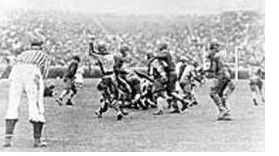 8-0-2 Pittsburgh was invited to play Southern Cal in this season's Rose Bowl.
8-0-2 Pittsburgh was invited to play Southern Cal in this season's Rose Bowl. 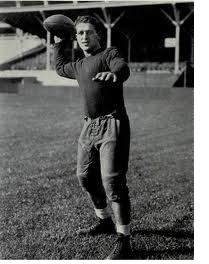 Ever the bridesmaid, never the bride.
Ever the bridesmaid, never the bride. 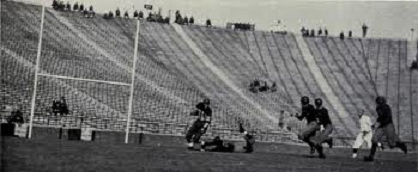
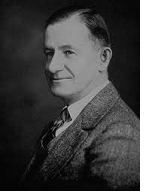 I actually selected Colgate as a co-national champion before, for 1916
I actually selected Colgate as a co-national champion before, for 1916